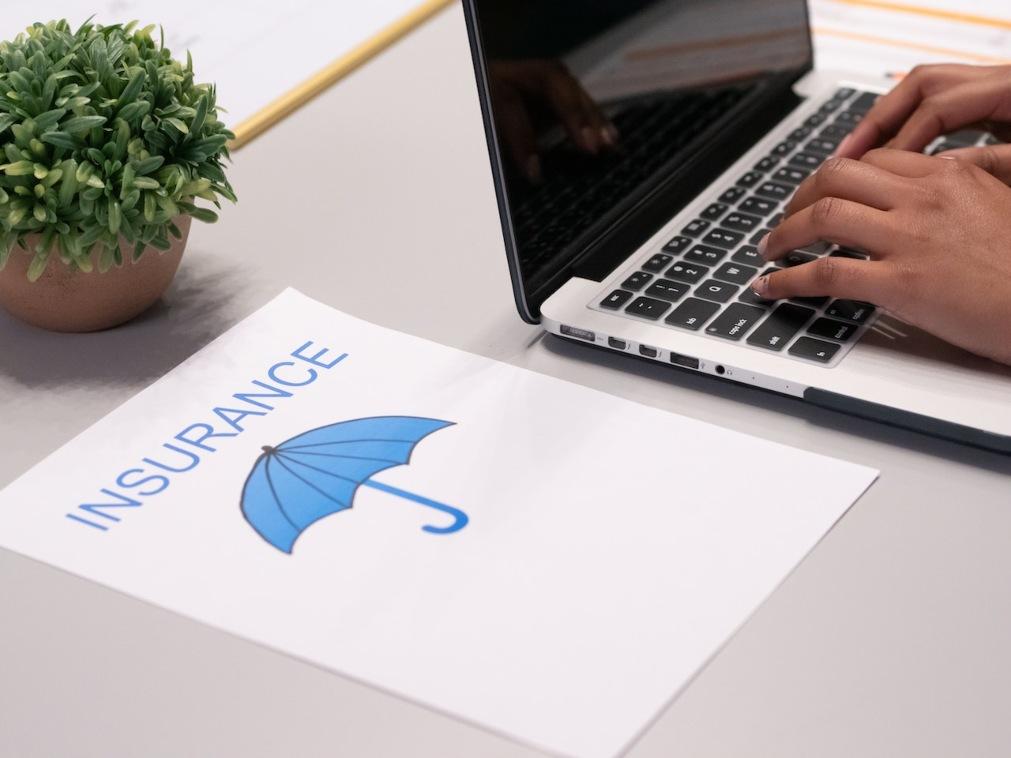Your mortgage lender may require flood insurance if you live in a high-risk zone, or it might be an intelligent option even if you don’t. NFIP and private insurers offer policies. Location is essential in deciding whether to get flood insurance, but it’s also worth carefully reviewing policies and coverage.
Table of Contents
Know Your Options
Homeowners living in high-risk flood zones or financing their homes with a federally backed mortgage are required by law to purchase NFIP or join in a North Carolina flood insurance program. However, even homeowners in moderate-risk or low-risk zones should consider it because flood damage is often costly. The NFIP offers a standard policy that provides up to $250,000 for the structure of your home and $100,000 for your belongings. A supplemental policy known as excess flood coverage may be available for homeowners who want higher limits. Evaluate the cost of rebuilding your home and relocating your belongings to determine appropriate coverage limits for your flood policy. Building coverage reimburses costs for the structural parts of your house, including foundations, walls, windows, flooring, and cabinetry. Contents coverage reimburses for belongings like furniture, electronics, and appliances. Although flooding is typically associated with coastal areas and river valleys, changing weather patterns have allowed more people to experience flood damage. As such, every homeowner should take the time to evaluate their risk factors and understand their options for flood insurance.
Know Your Limits
There may need to be more than $250,000 for buildings and $100,000 for contents under the NFIP policy to cover complete losses if your home is seriously damaged or destroyed. A supplemental policy called excess flood insurance is one way to increase your limits, but it’s expensive. Some private insurers offer purely private flood policies that eliminate the need for NFIP coverage. Still, they’re often more expensive than NFIP plans and typically require a higher net worth standard to qualify. Additionally, many lenders only accept private flood policies if the government guarantees them to pay claims in a disaster scenario. A knowledgeable independent insurance agent can help you find a program that fits your needs. They can also explain different deductible options and how they affect your annual premium, including the impact of raising your deductible. This will allow you to make a more informed decision about purchasing a higher-deductible plan that reduces your monthly cost but could leave you with more out-of-pocket costs in the event of a flood.
Know Your Deductibles
If you live in a flood zone, you must understand the risks associated with flooding and the options available for protecting your property. While not all properties are at equal risk, even a tiny amount of water can cause devastating damage. That’s why it’s essential to know your options when buying flood insurance and how a policy’s deductible affects premiums. Most homeowners who purchase NFIP-backed policies are offered multiple deductible choices when they get their initial quotes. All else being equal, a lower deductible will result in a lower premium. However, this option can confuse many homeowners who need to become more familiar with the options or how they work.
Furthermore, our research has shown that the default deductible choice is a nudge to many homeowners and results in them choosing the lowest possible deductible, even when higher deductibles result in significant savings. It’s also good to reevaluate your coverage needs, especially as you move through the mortgage approval process. For example, a private insurer may have more accurate data regarding your community’s flood risk and determine that your property is in a lower risk category than FEMA’s flood maps currently reflect. This can save you a lot of money on your flood insurance premium.
Know Your Exclusions
When considering a flood policy, assessing your property and belongings and determining appropriate coverage limits is essential. In addition to the building coverage that covers structures like walls, foundations, and roofs, a typical flood policy also insures personal items like furniture, electronics, and appliances. It can also cover additional living expenses if you relocate while your home is repaired. One thing to keep in mind is that NFIP policies have exclusions. For example, basements are not covered under a standard policy, as are outdoor hot tubs and spas outside your house or garage.
Additionally, a standard flood policy does not include coverage for removing and replacing items permanently attached to your structure, such as plumbing and heating systems. Moreover, as FEMA updates FIRMs, your property may go from a low-risk zone to a high-risk zone—and that can lead to hefty premium increases. If this is a concern, consider looking into the possibility of being grandfathered in at your previous FIRM rating—and that could save you money.
Know Your Policy Period
Whether you’re shopping for a new flood policy or looking to renew your current one, knowing how much time you have before your coverage takes effect is essential. Most NFIP policies have a 30-day waiting period. Private insurance companies can offer shorter waiting periods, allowing you to get the protection you need sooner. You can reduce the cost of your flood insurance by modifying your property. These can range from simple fixes like elevating your utilities to larger ticket projects like filling in your basement or elevating your entire home. However, even if you’ve made these kinds of modifications, it’s still important to regularly evaluate your risk. Factors like changing weather patterns and local dam improvements can cause your home to move from a low-risk zone (particular flood hazard area, or SFHA) into a high-risk zone at any time. Flood insurance is likely required if you have a federally regulated mortgage or live in one of the 22,000 NFIP-participating communities. You should receive renewal reminders from your NFIP or private insurer in the weeks before your policy expiration date.
Also Read – 5 Key Elements to Include in Your Brand Communication Strategy




